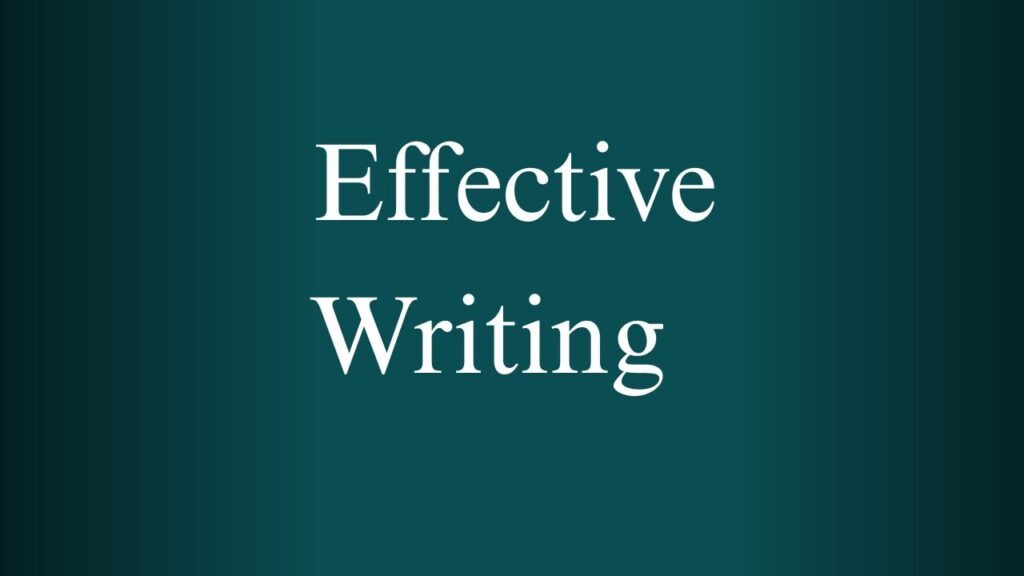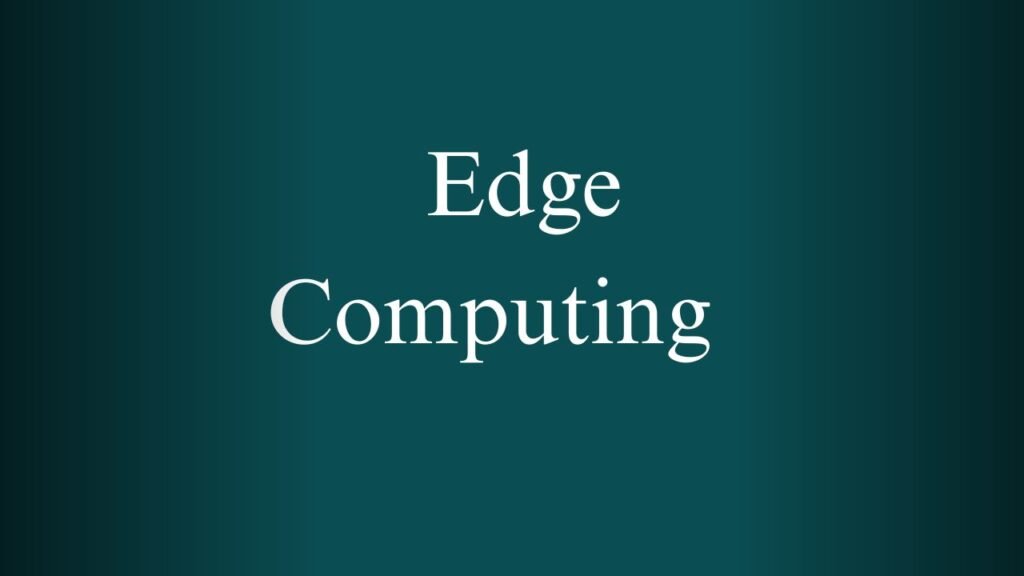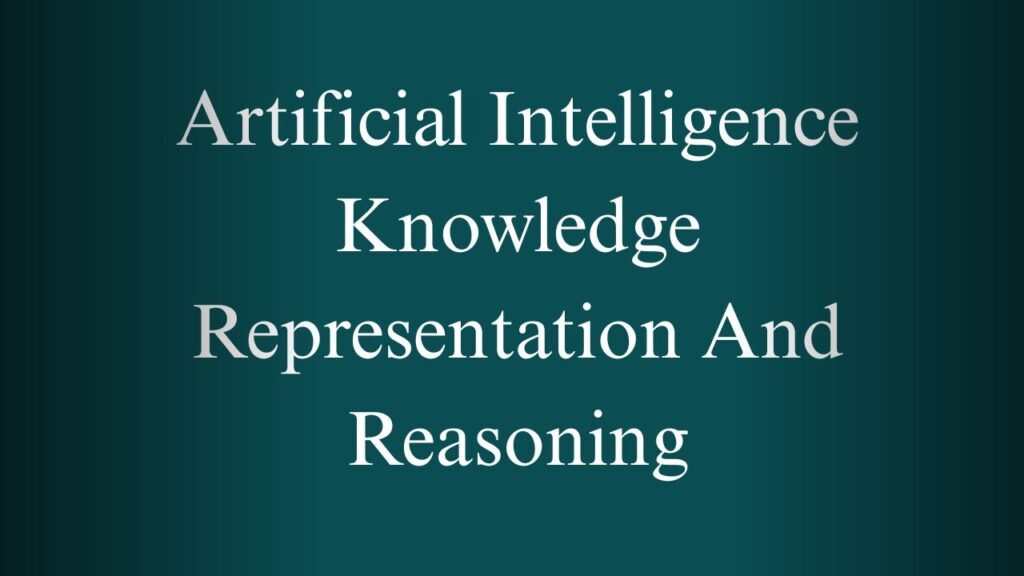NPTEL Digital System Design Week 1 And 2 Assignment Answers 2025
1. Which of the following best describes “Digital”?
- a. Continuous and smooth in values and time
- b. Discrete and discontinuous in nature ✅
- c. A combination of continuous values forming numbers
- d. Analog representation of digits**
✅ Answer: b
Explanation:
Digital data is represented in discrete steps or values, unlike analog, which is continuous.
2. What are the two key steps involved in converting an analog signal into a digital signal?
- a. Sampling and modulation
- b. Quantization and filtering
- c. Discretization in time (sampling) and discretization of values (quantization) ✅
- d. Amplification and discretization**
✅ Answer: c
Explanation:
Digital conversion involves sampling (in time) and quantization (in value).
3. What is the primary difference between positional and non-positional number systems?
- a. Positional systems use a fixed set of symbols, while non-positional systems use a variable set.
- b. Positional systems assign values to symbols based on their position, while non-positional systems assign fixed values to symbols. ✅
- c. Positional systems are more efficient for complex calculations, while non-positional systems are better for simple arithmetic.
- d. Positional systems are based on a specific base (like 10), while non-positional systems do not have a fixed base.**
✅ Answer: b
Explanation:
In positional systems, a digit’s value depends on its position and base (e.g., decimal). In non-positional, each symbol always represents the same value.
4. What is the decimal equivalent of the binary number (110.011)₂?
- a. 6.5
- b. 6.375 ✅
- c. 5.25
- d. 7.125**
✅ Answer: b
Explanation:110 = 6; .011 = 0.25 + 0.125 = 0.375 → Total = 6.375
5. What is the binary equivalent of the decimal number 45?
- a. (101101)₂ ✅
- b. (110101)₂
- c. (101011)₂
- d. (11101)₂**
✅ Answer: a
Explanation:
45 in binary = 32 + 8 + 4 + 1 = 101101.
6. What is the hexadecimal equivalent of the binary number 1001 1110?
- a. 0x9E ✅
- b. 0xE9
- c. 0x1E9
- d. 0x9E1**
✅ Answer: a
Explanation:1001 = 9, 1110 = E → Hex = 9E
7. Perform the binary subtraction 1101₂ − 100₂. What is the result?
- a. 1011₂
- b. 1001₂ ✅
- c. 10011₂
- d. 100₂**
✅ Answer: b
Explanation:
13 (1101) − 4 (100) = 9 (1001) in binary.
8. When does overflow occur in addition?
- a. When the signs of both operands are the same, and the result has the opposite sign. ✅
- b. When the signs of both operands are different.
- c. When the result is always positive.
- d. Overflow can never occur during addition**
✅ Answer: a
Explanation:
Overflow occurs when adding two positives gives a negative or two negatives give a positive due to limited bits.
9. What happens when converting a 4-bit number to an 8-bit number using sign extension?
- a. The least significant bit is repeated.
- b. The most significant bit is extended to fill the extra bits. ✅
- c. All extra bits are filled with zeros.
- d. The number remains unchanged.**
✅ Answer: b
Explanation:
In sign extension, the MSB (sign bit) is repeated to preserve the number’s sign in 2’s complement.
10. Represent the value (−45)₁₀ in different formats (Sign Magnitude, 1’s Complement, 2’s Complement, Offset 127):
- a. 10101101, 11010010, 11010011, 01010010 ✅
- b. 10101101, 10101010, 10101011, 01001010
- c. 10101101, 11010010, 11010011, 01001010
- d. 10101101, 10101010, 10101100, 01010010**
✅ Answer: a
Explanation:
- Sign Magnitude: 1 + binary(45) =
10101101 - 1’s Complement: Invert binary(45) →
11010010 - 2’s Complement: Add 1 →
11010011 - Offset (−45 + 127) = 82 →
01010010
11. Minimum bits to represent −352 in 2’s complement?
- a. 8
- b. 9
- c. 10 ✅
- d. 7**
✅ Answer: c
Explanation:
2⁹ = 512 < 352 < 2¹⁰ = 1024, but for negative numbers in 2’s complement, 10 bits are needed to cover −352.
12. Hex sum of (3F2)₁₆ + (11010110111010110101)₂?
- a. 0xD774F
- b. 0xD7750
- c. 0xD72A7 ✅
- d. 0xD8747**
✅ Answer: c
Explanation:
Convert both to decimal → Add → Convert result back to hex → Final = 0xD72A7
13. Decimal value of BCD: 0110 0100 1001 0101.1001?
- a. 6549.9
- b. 6594.9
- c. 6459.9 ✅
- d. 6495.9**
✅ Answer: c
Explanation:
Each BCD digit: 0110 = 6, 0100 = 4, 1001 = 9, 0101 = 5, 1001 = 9 (after decimal) → 6459.9
14. Convert 3A7₁₆ to binary → subtract 1101100111₂ → back to hex
- a. 3016
- b. 4016 ✅
- c. 5016
- d. 2016**
✅ Answer: b
Explanation:
3A7₁₆ = 001110100111 → Subtract 1101100111 = Result → Hex = 4016
15. 2’s complement of −29 in 8-bit?
- a. 11100110₂
- b. 11100101₂
- c. 11100011₂ ✅
- d. 11011101₂**
✅ Answer: c
Explanation:
29 = 00011101
1’s comp = 11100010 → Add 1 → 11100011
NPTEL Digital System Design Week 2 Assignment Answers
1. Consider the following custom mapping between 4-bit binary numbers and decimal values… What decimal value corresponds to the binary number 1001 if the pattern continues linearly?
- a. 45
- b. 50 ✅
- c. 55
- d. 60
✅ Answer: b
Explanation: The mapping increases by +5 for each increment in binary.0000 → 5, 0001 → 10, 0010 → 15, …, 1001 (decimal 9) → 5 + (9×5) = 50
2. The BCD number 0110 0101 is given. What is the result of adding 38 to the decimal equivalent?
- a. 93
- b. 103 ✅
- c. 101
- d. 110
✅ Answer: b
Explanation: 0110 0101 = 65 in decimal → 65 + 38 = 103
3. Why might BCD be considered advantageous in early systems?
- a. Simplifies hardware requirements
- b. Direct correspondence to decimal digits ✅
- c. Optimizes memory usage
- d. Enhances binary processing speed
✅ Answer: b
Explanation: BCD allows direct mapping between decimal digits and binary, useful for financial & legacy systems.
4. Correct procedure for BCD addition?
- a. Subtract 0110 from >9
- b. If a nibble >9 or has carry, add 0110 ✅
- c. Add each nibble directly
- d. Convert only final result
✅ Answer: b
Explanation: In BCD addition, correction by adding 0110 is done if a nibble exceeds 1001 (decimal 9).
5. 2-out-of-5 code for decimal 6?
- a. 01010
- b. 10001 ✅
- c. 10100
- d. 11000
✅ Answer: b
Explanation: Predefined table shows 6 → 10001 in 2-out-of-5 code.
6. Gray code 1110 corresponds to which decimal?
- a. 11 ✅
- b. 12
- c. 13
- d. 14
✅ Answer: a
Explanation:
Convert Gray → Binary → Decimal.
Gray: 1110 → Binary: 1011 → Decimal: 11
7. IEEE 754 single-precision structure?
- a. 1-10-21
- b. 1-8-23 ✅
- c. 2-8-22
- d. 1-7-24
✅ Answer: b
Explanation: IEEE 754 (Single Precision) = 1-bit sign, 8-bit exponent, 23-bit mantissa
8. IEEE 754 (s=0, e=10000001, m=010000…) What is the decimal value?
- a. 2.25
- b. 4.5
- c. 5.0 ✅
- d. 10.0
✅ Answer: c
Explanation:
Exponent = 129 → Bias = 127 → Actual Exp = 2
Mantissa = 1.01 → Value = 1.25 × 2² = 5.0
9. IEEE 754 representation of 10.125 in hex?
- a. 0x40240000
- b. 0x41220000
- c. 0xC1240000
- d. 0x41240000 ✅
✅ Answer: d
Explanation:
Decimal 10.125 = IEEE 754 float: Sign=0, Exp=130, Mantissa=0100100… → Hex = 0x41240000
10. Largest positive number in IEEE 754 single-precision?
- a. 2¹²⁷
- b. 3.4×10³⁸ ✅
- c. 1.1×10⁻³⁸
- d. 2¹²⁸
✅ Answer: b
Explanation:
IEEE 754 (32-bit) max positive number ≈ 3.4 × 10³⁸
11. IEEE 754 Half-Precision of 3.375?
- a. 42C0 ✅
- b. 4124
- c. C140
- d. 414A
✅ Answer: a
Explanation:
3.375 = 11.011 → Normalize: 1.1011 × 2¹ → Sign=0, Exp=16+15=31, Mantissa=1011 → Hex = 42C0
12. Intel’s 80-bit floating point format?
- a. 1-14-65
- b. 1-15-64 ✅
- c. 1-16-63
- d. 1-13-66
✅ Answer: b
Explanation:
Intel 80-bit format: 1-bit sign, 15-bit exponent, 64-bit mantissa
13. Convert Excess-3: 0110 0101 to BCD?
- a. 0110 0101
- b. 0101 0100
- c. 0011 0010 ✅
- d. 0110 0001
✅ Answer: c
Explanation:
Excess-3 to BCD = Subtract 0011 (3) from each nibble
→ 0110 – 0011 = 0011 (3)
→ 0101 – 0011 = 0010 (2)
→ BCD = 0011 0010 = 32
14. Does invalid BCD occur in 57 + 68? How many times?
- a. Does not occur
- b. Once
- c. Twice ✅
- d. Thrice
✅ Answer: c
Explanation:
BCD: 57 + 68 = 0101 0111 + 0110 1000 = 1100 1111 → 2 invalid nibbles → Correction needed twice.
15. Representation of zero in 1’s complement (8-bit)?
- a. 00000000
- b. 11111111
- c. Both a and b ✅
- d. None
✅ Answer: c
Explanation:
1’s complement has two representations for 0: +0 = 00000000, −0 = 11111111



